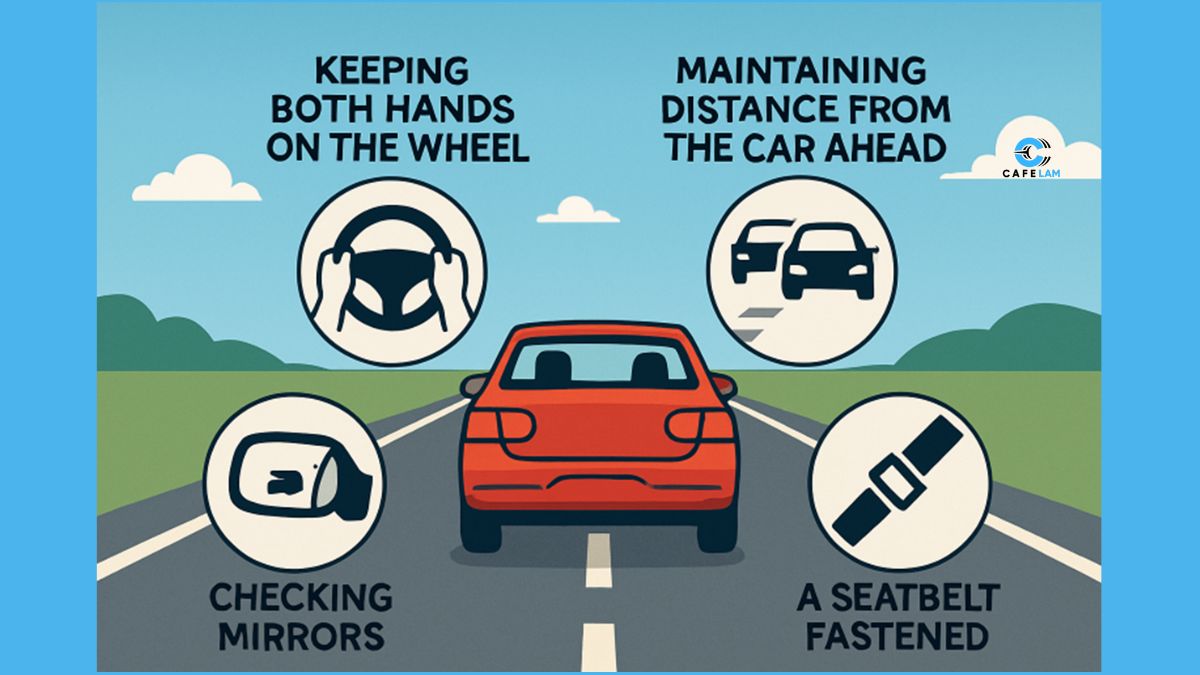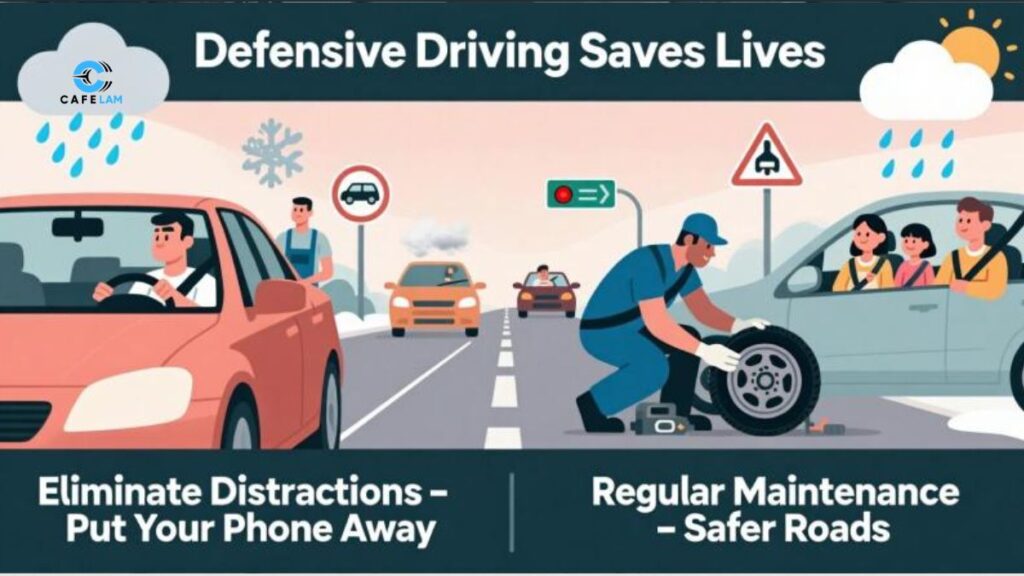Key Takeaways
- Defensive driving and routine vehicle maintenance can significantly reduce the risk of car collisions.
- Distractions, impaired driving, and weather conditions remain the top contributors to accidents.
- Technological advances in vehicles are helping to lower crash rates, but human vigilance remains vital.
- Educational campaigns and legislative efforts play crucial roles in making roads safer.
Understanding Why Car Accident Happen
Each year, millions of drivers and passengers are impacted by car accident, often leading to injuries, fatalities, and complicated legal and insurance processes. Understanding what causes these accidents is the first step to prevention. The most common factors include distracted driving, excessive speed, impaired driving, and hazardous weather conditions. According to the National Highway Traffic Safety Administration, fatal motor vehicle crashes have risen in recent years, reinforcing the need for all drivers to take proactive steps to protect themselves and others.
When the unthinkable happens, those involved often turn to car accident attorneys for guidance and representation, especially in cases involving significant damages or disputes with insurance providers. These professionals play a crucial role in helping accident victims understand their rights and secure fair compensation, underscoring the importance of both legal awareness and practical safety measures.
Common Mistakes Behind The Wheel
Drivers make numerous decisions each time they get behind the wheel—and even minor lapses in judgment can lead to catastrophic outcomes. Common mistakes such as texting while driving, engaging with in-car entertainment systems, eating, or reaching for objects often result in attention drifting from the road. Aggressive behaviors like speeding, tailgating, and unsafe lane changes further raise the likelihood of an accident. Staying mindful of these risky actions and consciously choosing safer alternatives is a key part of responsible driving.
Beyond distractions and speeding, fatigue and impaired driving pose serious risks. Choosing to drive while tired or under the influence of alcohol or drugs drastically slows reaction times and reduces decision-making capacity. Preventative actions, such as designating a sober driver and recognizing when it’s safer not to drive, make an enormous difference in keeping roads safe for everyone.
Preventing Accidents With Defensive Driving
Defensive driving is more than just following the rules; it’s about being aware of other drivers and anticipating their moves. This proactive mindset involves maintaining a safe following distance by using the “three-second rule,” actively watching for hazards, and always having an exit plan in place in case traffic patterns suddenly change. Adjusting your driving habits in response to specific situations—such as heavy traffic, school zones, or highway construction—can drastically lower accident risk. Along with self-protection, defensive drivers help foster a safe environment for all road users, including cyclists and pedestrians.
Vehicle Maintenance: An Overlooked Safety Factor
The condition of your vehicle is often considered just as important, if not more so, than your driving behavior itself. Malfunctions due to worn brakes, underinflated tires, or faulty lights can lead directly to accidents or significantly increase the difficulty of avoiding one. Experts in automotive safety and maintenance recommend regular checks and inspections on critical components such as brakes, fluids, lighting systems, and tire tread depth to ensure your vehicle remains in optimal and peak condition. By staying proactive with maintenance, not only do you enhance your safety on the road, but you also improve your vehicle’s overall reliability, performance, and longevity in emergency situations and everyday driving.

Adapting To Weather And Road Conditions
Weather changes and poor road conditions are unpredictable factors that require extra vigilance. Rain, ice, snow, and fog can reduce visibility and make roads slippery, vastly increasing stopping distances and the potential for skidding. During adverse weather, slow down, leave extra space between vehicles, and avoid sudden maneuvers. When roads are especially treacherous, consider postponing your trip or seeking alternative routes. Even seasoned drivers benefit from refreshing their knowledge of safe driving practices in challenging weather, as highlighted by Consumer Reports’ guide to winter driving.
The Role Of Technology In Road Safety
Today’s vehicles are equipped with advanced safety systems designed to prevent or minimize the likelihood of crashes. Features such as automatic emergency braking, lane departure warnings, adaptive cruise control, and blind-spot monitoring actively support safer driving. However, overreliance on these technologies can be problematic—drivers must remember that these tools are meant to assist, not replace, human attention and judgment. When used in combination with alert and defensive driving, these innovations have been shown to contribute to significant declines in accident rates.
Community And Policy Efforts
In response to persistent accident risks, government agencies and non-profit organizations are investing in awareness campaigns, stricter legislation, and research into road safety. Initiatives such as anti-texting ads, public service announcements on the dangers of impaired driving, and rigorous DUI checkpoints have proven to reduce accident rates and save lives. Collaboration between community members, local law enforcement, and policymakers continues to foster safer driving environments on a large scale. Recent data, as analyzed by the Insurance Institute for Highway Safety, further underlines the positive impact of combined educational and policy efforts.
Everyday Habits That Make Roads Safer
- Stow away digital devices before you hit the road to ensure distractions are minimized.
- Wear your seatbelt at all times and encourage passengers to do the same—seatbelt use is proven to save lives.
- Respect posted speed limits, and reduce your speed further during bad weather or in high-risk zones like schools or residential areas.
- Avoid driving if you feel tired or are under the influence of alcohol, drugs, or medications that impair alertness.
- If driving conditions or your physical state make you feel unsafe, allow someone else to take the wheel or postpone your trip.
A commitment to these habits fosters a culture of safety that protects not only individuals but also the entire community. While technological and legislative advances continue to evolve, the responsibility to reduce car accident risks will always depend on individual choices and collective action. Every driver can contribute to safer roads—one thoughtful decision at a time.







